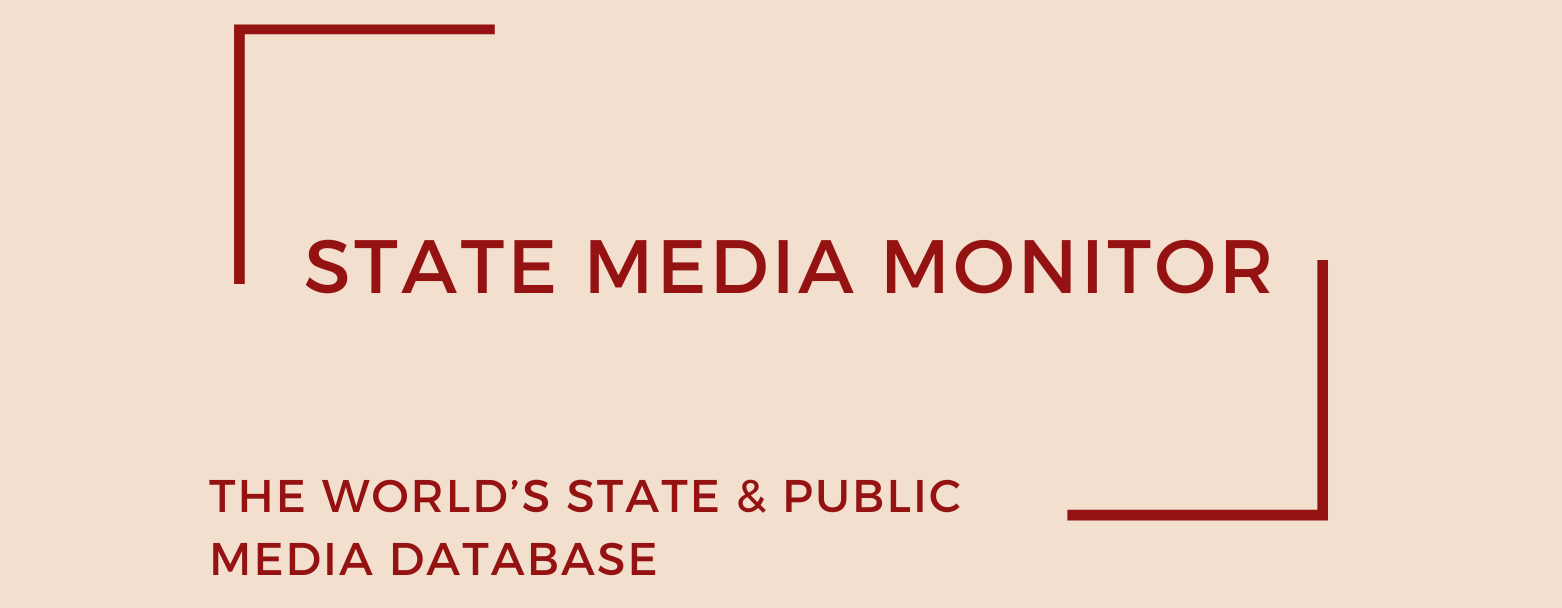Philippine News Agency (PNA)
Established in 1973 during the martial law era under President Ferdinand Marcos Sr., the Philippine News Agency (PNA) is the official news service of the Philippine government. Originally conceived as a centralized news distributor, PNA became instrumental in enforcing state censorship during the Marcos regime, operating effectively as a gatekeeper of information and a tool for controlling public discourse. Although its mandate has shifted with the country’s return to democracy, the agency continues to operate under tight government oversight.
Media assets
News agency: PNA
State Media Matrix Typology
Ownership and governance
PNA functions as a subordinate agency of the News and Information Bureau (NIB), which in turn falls under the jurisdiction of the Presidential Communications Office (PCO)—the main communications arm of the Office of the President. Key personnel appointments, including the agency’s leadership and editorial direction, are managed directly by the PCO, leaving limited room for institutional autonomy.
Source of funding & budget
The agency is wholly funded by the national government. According to official data, PNA’s budget in 2020 stood at PHP 120 million (approximately USD 2.5 million), with over 90% sourced from state appropriations.
While more recent budget figures have not been publicly disclosed, the Marcos Jr. administration has maintained its policy of investing in the modernization of state-run media platforms. These efforts, part of a broader push to digitize and “professionalize” government communication infrastructure, have included updates to PNA’s web platform and the integration of multimedia content production capabilities.
However, critics argue that such investments have not been matched by improvements in editorial standards or transparency. Concerns persist that modernization has been geared more toward amplifying government messaging than fostering journalistic excellence.
Editorial independence
PNA operates under direct government control, with its editorial direction aligned closely with the communication priorities of the incumbent administration. Decisions regarding story selection, tone, and narrative framing are widely understood to reflect presidential directives rather than independent journalistic judgment.
To date, no external or independent oversight mechanism exists to monitor or evaluate the agency’s editorial performance or integrity. The agency has faced multiple public criticisms for publishing partisan content and, at times, disseminating misleading or unverified information. For instance, in 2023 and early 2024, PNA drew criticism from press freedom advocates for running stories that closely mirrored administration talking points without sufficient context or verification.
July 2025
Citation (cite the article/profile as part of):
Dragomir, M. (2025). State Media Monitor Global Dataset 2025.
Media and Journalism Research Center (MJRC).
Zenodo.
https://doi.org/10.5281/zenodo.17219015
This article/profile is part of the State Media Monitor Global Dataset 2025, a continuously updated dataset published by the Media and Journalism Research Center (MJRC).
